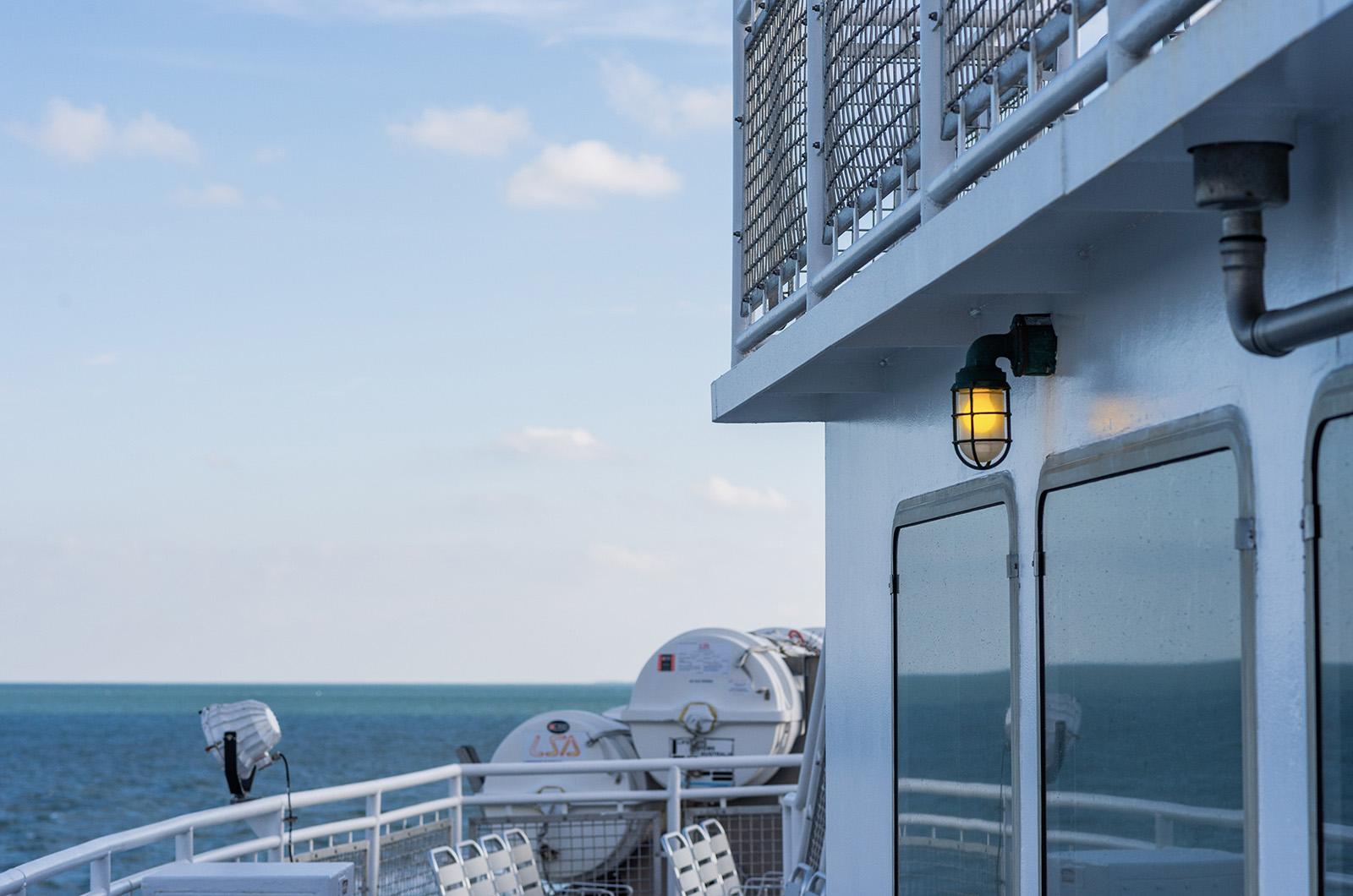Rushing to catch a boat the other day, I failed to stop to pick up a newspaper to read on the way to Woods Hole. That meant that I was looking out at the water and recalling long ago times when, with my brother John, we would go on all-day sails to the Elizabeth Islands or Cape Pogue, or fish for flounder in the Middle Ground off West Chop.
In Falmouth, I was going to see Jack Hathaway, an Oak Bluffs friend of my brother’s from those days. After a lifetime of work as a marine geologist — including three years in Indonesia — Jack has made Falmouth his retirement home.
Together we often reminisced about the Manuel Swartz-Roberts catboat, Ted, that my brother had. Eighty years ago, Manuel Swartz-Roberts catboats, made in what is now the Old Sculpin Art Gallery in Edgartown, were the finest of catboats.
Jack liked to recall how our mothers — neither one nautically inclined — would nervously look out from the top of the Oak Bluffs bluffs as the sun went down. They were always afraid that their sailing sons might not return from all-day sails. They were almost proven correct one day. In a dry northeaster one fall the catboat’s mast snapped and she turned over. The boat was being sailed from Oak Bluffs to Edgartown to be put up for the winter by Steve Chamberlain, another friend of my brother’s. My brother John and his friend clung to the boat for hours before they were picked up. The high waves of the storm made them hard to see from bigger passing boats.
My brother’s first boat was rowboat (named Pee Wee for me) that he used to explore the Oak Bluffs harbor. Before that he had a raft that he constructed on the Ice Pond at East Chop. When we weren’t rafting, there was still an ice chute in the pond that we could slide down.
My brother’s nautical Vineyard beginnings led him, in World War II, to attend the Maine Maritime Academy. Later, he sailed yachts that the Navy had borrowed from their East Coast owners during the war and taken to the West Coast. John’s job was to sail the boats back to the East Coast. I have never quite understood what purpose they were to have served out west. John went on to serve with the Naval Reserve in Boston after the war.
After the catboat Ted went down, we had a Winabout, bigger than the Ted and with a jib as well as a mainsail, but not nearly so important a class of boat as the Ted had been. Those were also the days of Vineyard 15s and 18s, racing boats designed by Erford Burt in Vineyard Haven. They were raced every summer Saturday and John would often crew with Larry Pease in his Vineyard 15.
All these memories tumbled back as I looked out the ferry window onto the Sound and later, while reminiscing with Jack. As the ferry headed into Woods Hole, I remembered (though I was on the wrong side of the boat to see it) the waterfront mansion where, on a wide stair landing, I had performed in a play.
I was then a student at the children’s theatre at the Rice School of the Spoken Word located in Oak Bluffs. The Rice Playhouse, founded by Christian Scientist Phidelah Rice of Boston and his wife, was a leading summer theatre of my childhood — and a leading summer theatre of New England. It nurtured a number of actors and actresses who reached Broadway.
Unfortunately, a murder in a dormitory at the theatre led to its decline. I happened to be passing by, coming up from the movies in Oak Bluffs, the night of the murder.
By the time we pulled into Woods Hole, I was glad I had forgotten reading materials on the crossing.




Comments (4)
Comments
Comment policy »